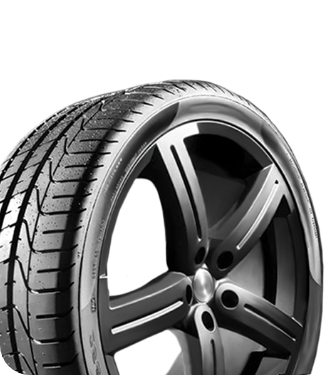

UTQG Tire Ratings: What To Know
Tires |Not all tires are created equal. In fact, each specific type has its own set of strengths and weaknesses depending on its brand, make, and manufacturer. Even well-known brands use different manufacturing facilities all over the world. Because of this, it can be difficult for individuals to determine which models are the best choice for their vehicles. Fortunately, the automotive industry uses a specific rating system to convey the characteristics of each kind of tire and its overall quality. This is what to know about UTQG tire ratings and how to use them to make purchasing decisions.
What Is UTQG?
The UTQG (uniform tire quality grading) system was developed by the United States Department of Transportation to allow individuals to compare the overall useability of certain vehicle tires. The main features give products a rating ion their tread wear, traction on the road, and temperature limits. All three conditions inform the final grade a tire is given. It’s important to mention, though, that because tread wear is subjective, especially on used tires, it doesn’t have its own rating list.
Traction Ratings
To begin, traction ratings represent the amount of grip a tire has when rolling along a paved surface. This is measured in g-force and has different standards according to whether the tire is on asphalt or concrete. The following are the official ratings and their guidelines:
- AA Grade: exhibits above 0.54Gs on asphalt and 0.41Gs on rough concrete.
- A Grade: exhibits above 0.47Gs on asphalt and 0.35Gs on concrete.
- B Grade: exhibits above 0.38Gs on asphalt and 0.26Gs on concrete.
- C Grade: falls below 0.38Gs on asphalt.
Temperature Ratings
Another important thing to know about UTQG tire ratings is the standard it sets for a tire’s temperature regulation. For this section of the system, temperature refers to the tire’s ability to disperse heat as it builds up from the friction against the road. Since this heat is ultimately what causes the material to wear over time, temperature resistance is a key indicator of tire longevity. The ratings are as follows:
- A Grade: withstands temperatures that align with driving over 115 miles per hour.
- B Grade: withstands temperatures that align with driving between 100 and 115 miles per hour.
- C Grade: cannot resist heat when temperature exceeds those consistent with 85 and 100 miles per hour.
To learn more about what you should look for in quality tires, reach out to RNR Tire Express. Our tire shop in Charleston, SC, is ready to provide you with all the information you need to make an informed decision for your vehicle.





